In the early 1990s, Yugoslavia was wiped off the map as the Balkans plunged into a bloodbath. At the end of World War Two, the communist party came to power in Yugoslavia. Its leader was Josip Broz, better known as Tito. On November 29, 1945, the Socialist Federal Republic of Yugoslavia was born on Tito’s initiative. The federation was made up of six republics – Serbia, which included the autonomous provinces of Kosovo and Vojvodina, Croatia, Bosnia, Montenegro, Slovenia and Macedonia. Serbia was the federation's largest and most powerful republic. Tito ruled Yugoslavia with an iron fist until his death on May 4, 1980.
After Tito’s death, the Yugoslav communist regime entered a crisis, and the different ethnic groups in the federation began calling for independence. Many different ethnic groups lived in Yugoslavia. Three languages, three religions and two alphabets coexisted in the federation. On April 1990, Slovenia held free elections, and Croatia soon followed suit. On June 25, 1991, the two states declared their independence. The Yugoslav army, largely made up of Serbs, intervened to block secession. War broke out. The conflict lasted only ten days in Slovenia. Slovenia was supported by Germany and proved to be utterly solid. Yugoslavia had no choice but to negotiate. In Croatia, on the other hand, Serbs were more numerous, and the war was more violent. It was only under international pressure that the Yugoslav army, victorious on the field, was forced to retreat in January 1992. The European Union recognized Croatia as an independent nation on January 15, 1992. But war raged on. Despite the ceasefire, Croatians tried to win back territories that had remained under Serbian control. That same year, war erupted in Bosnia. The tiny republic was inhabited by three ethnic groups – Bosnians, Serbs and Croatians. The conflict was extremely violent. Serbs besieged the Bosnian capital of Sarajevo for 43 months.
It was only after mediation by the United Nations that a peace agreement was reached. An accord was signed in Dayton, Ohio on November 21, 1995. The borders under the Republic of Yugoslavia were reestablished. Bosnia was converted into two nations, the Federation of Bosnia and Herzegovina and the Serb Republic. The Dayton Agreement effectively dissolved Yugoslavia, but it failed to stem the violence. A short time later, the remaining Yugoslav republics became independent. The struggle for independence in Kosovo triggered Serbian military intervention and another bloody conflict.
After Tito’s death, the Yugoslav communist regime entered a crisis, and the different ethnic groups in the federation began calling for independence. Many different ethnic groups lived in Yugoslavia. Three languages, three religions and two alphabets coexisted in the federation. On April 1990, Slovenia held free elections, and Croatia soon followed suit. On June 25, 1991, the two states declared their independence. The Yugoslav army, largely made up of Serbs, intervened to block secession. War broke out. The conflict lasted only ten days in Slovenia. Slovenia was supported by Germany and proved to be utterly solid. Yugoslavia had no choice but to negotiate. In Croatia, on the other hand, Serbs were more numerous, and the war was more violent. It was only under international pressure that the Yugoslav army, victorious on the field, was forced to retreat in January 1992. The European Union recognized Croatia as an independent nation on January 15, 1992. But war raged on. Despite the ceasefire, Croatians tried to win back territories that had remained under Serbian control. That same year, war erupted in Bosnia. The tiny republic was inhabited by three ethnic groups – Bosnians, Serbs and Croatians. The conflict was extremely violent. Serbs besieged the Bosnian capital of Sarajevo for 43 months.
It was only after mediation by the United Nations that a peace agreement was reached. An accord was signed in Dayton, Ohio on November 21, 1995. The borders under the Republic of Yugoslavia were reestablished. Bosnia was converted into two nations, the Federation of Bosnia and Herzegovina and the Serb Republic. The Dayton Agreement effectively dissolved Yugoslavia, but it failed to stem the violence. A short time later, the remaining Yugoslav republics became independent. The struggle for independence in Kosovo triggered Serbian military intervention and another bloody conflict.
RELATED


ASIAN TSUNAMI 2004
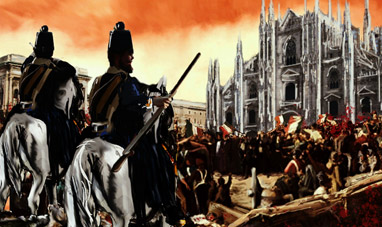

FIVE DAYS OF MILAN
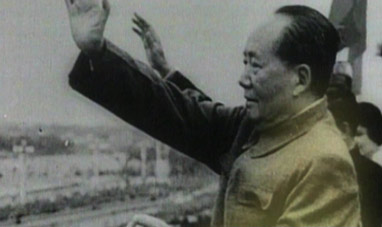

FOUNDING THE PEOPLE'S REPUBLIC OF CHINA
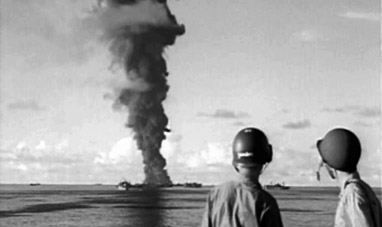

THE OUTBREAK OF WORLD WAR II
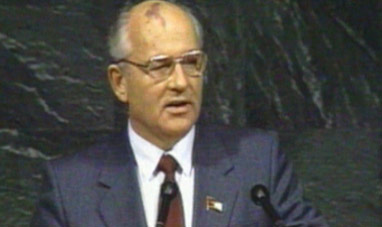

PERESTROIKA
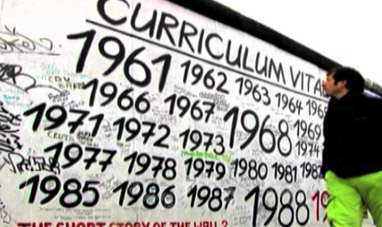

THE FALL OF THE BERLIN WALL
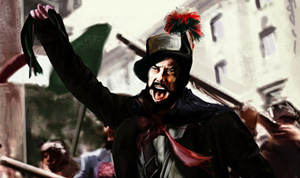

I MOTI DEL '48
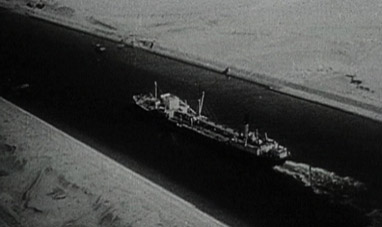

THE SUEZ CRISIS
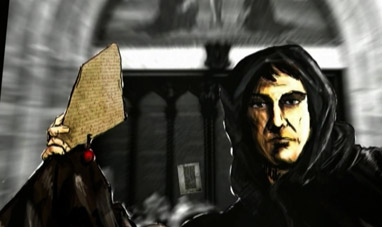

THE PROTESTANT REFORMATION
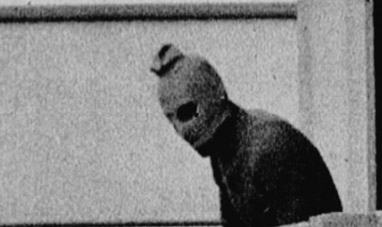

THE MUNICH MASSACRE
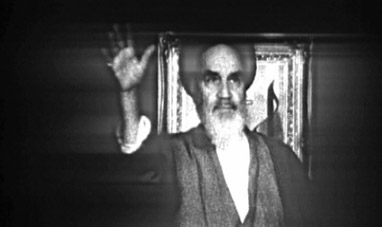

THE IRANIAN REVOLUTION
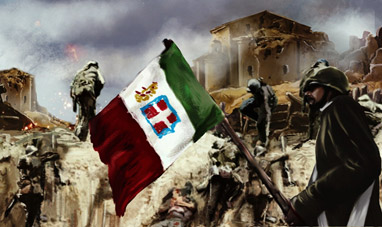

ITALIAN IRREDENTISM
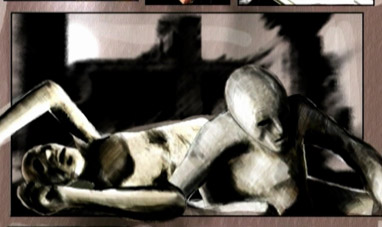

THE DESTRUCTION OF POMPEI
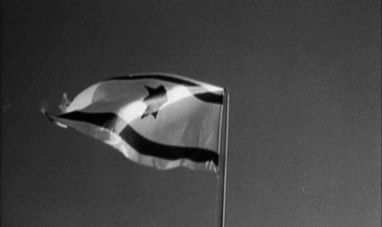

THE BIRTH OF ISRAEL
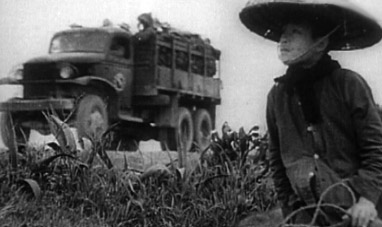

THE VIETNAM WAR
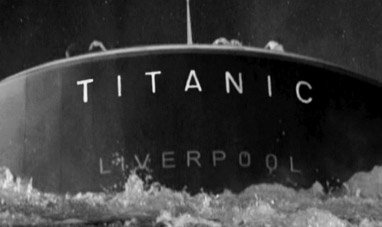

THE SINKING OF THE TITANIC
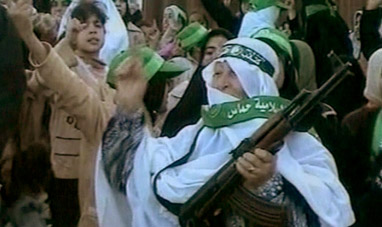

THE FIRST INTIFADA
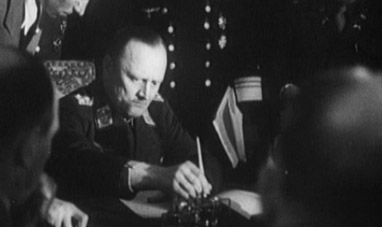

YALTA AND POTSDAM: NEW WORLD ORDER
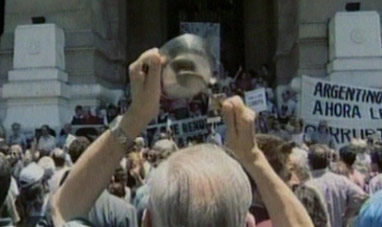

THE 2001 ARGENTINE ECONOMIC CRISIS
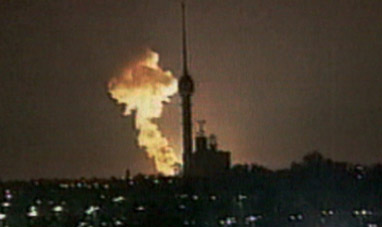

THE FIRST GULF WAR
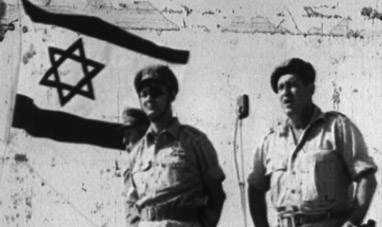

THE SIX DAY WAR
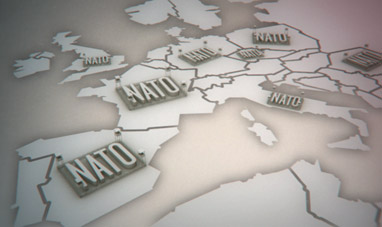

NATO (NORTH ATLANTIC TREATY ORGANIZATION)


THE CONGRESS OF VIENNA


SECOND ITALIAN WAR OF INDEPENDENCE
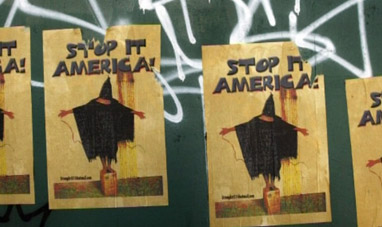

THE ABU GHRAIB SCANDAL
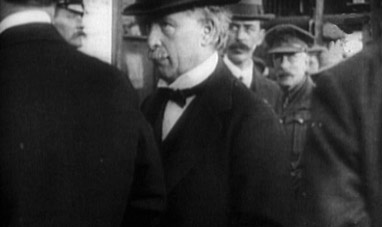

TREATY OF VERSAILLES
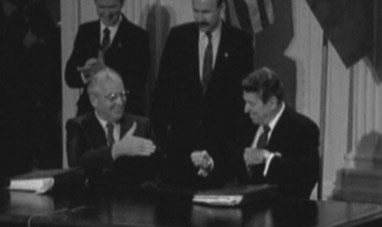

THE COLD WAR
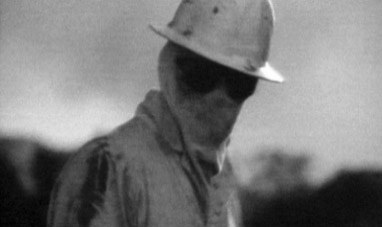

THE CHERNOBYL ACCIDENT
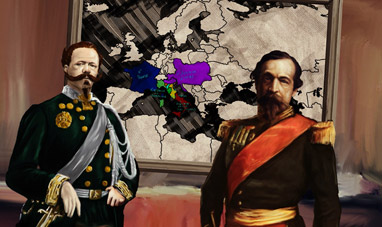

PLOMBIÈRES AGREEMENTS


THE PRAGUE SPRING
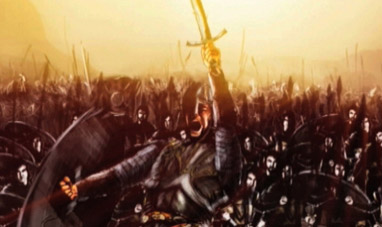

THE BATTLE OF HASTINGS


TANGENTOPOLI
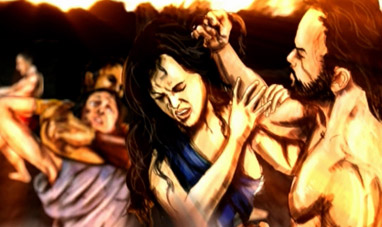

THE RAPE OF THE SABINE WOMEN
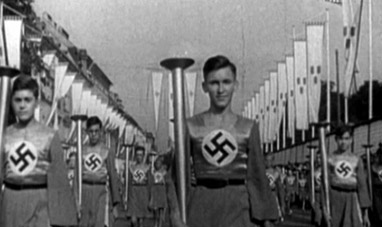

THE ADVENT OF NAZISM
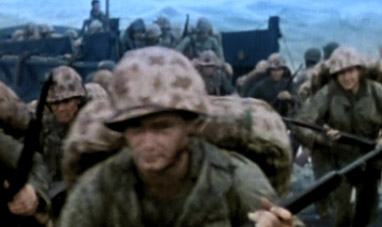

NORMANDY LANDINGS


THE WALL STREET CRASH OF 1929
